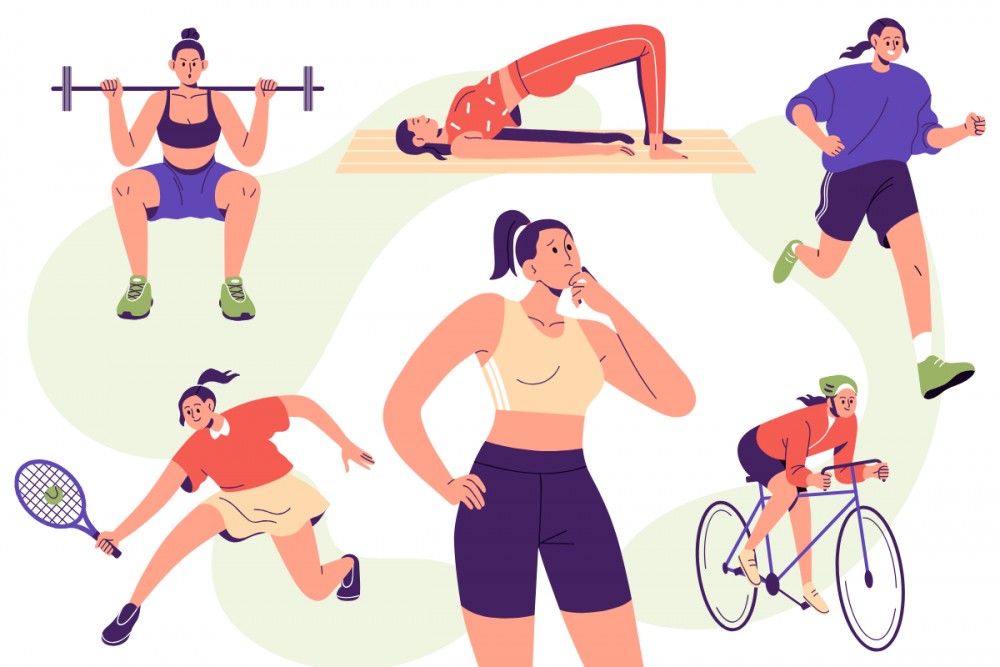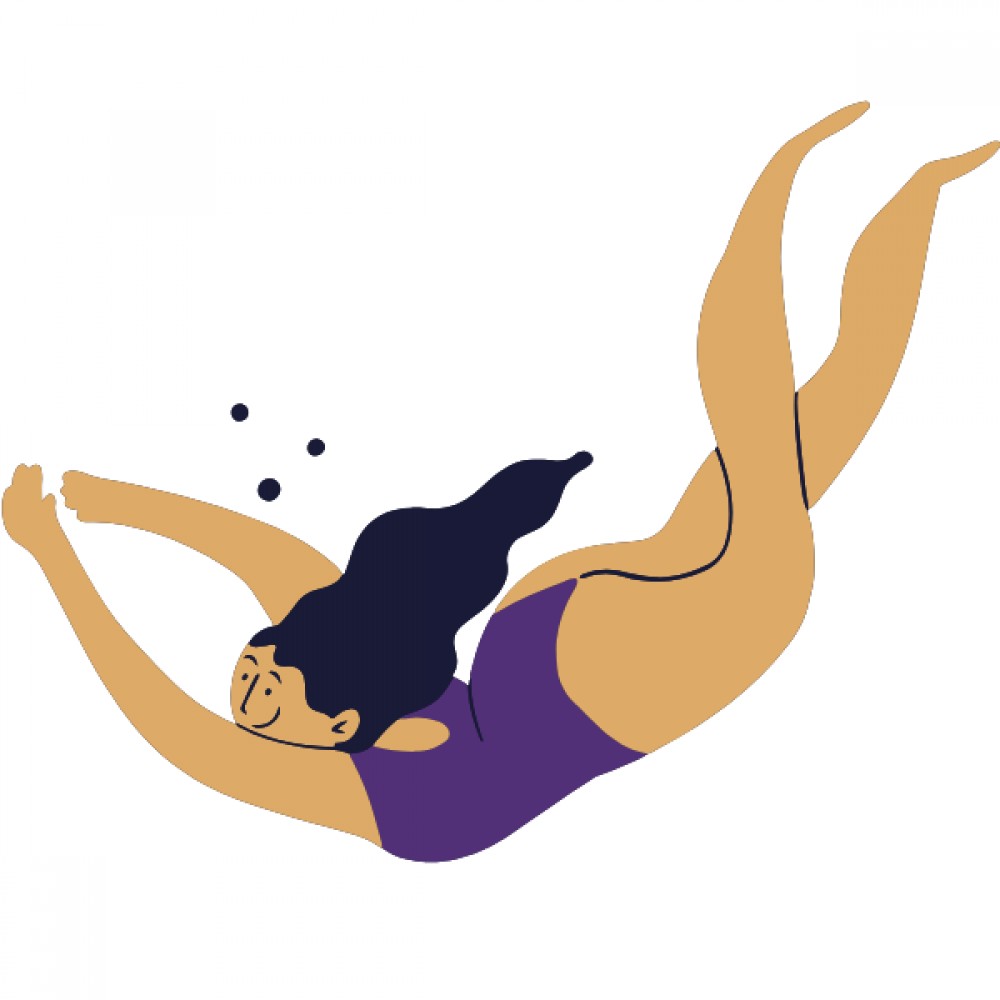Physical movement can be an uplifting experience – it releases endorphins which can lift our mood, and it can increase our sense of achievement and confidence. It also offers us opportunities to connect with friends and whānau. A study conducted by Sport New Zealand showed that people who do at least 2.5 hours of recreational physical activity in a week were 51% more likely to report good mental wellbeing. People also tended to feel more content and calm after exercise – especially if their mood was anxious or low to start with.

Tip: If you experience anxiety or panic attacks, some physical sensations of exercise (such as a rapid heartbeat) might feel familiar and even a bit frightening. Take things very slowly. You could start with something more low-impact, like yoga or walking, and build up from there.
Make movement fun
- Try a new sport with a community group
- Take a whānau walk in the evening or weekend
- Go on a walking tour
- Do a fun run/walk for charity
- Swim in the sea, river or a local pool
- Give gardening a go – Sport NZ research shows that meeting your exercise recommendations through gardening increases your chances of experiencing good mental wellbeing by 25%
- Join a kapa haka group – physical movement that also connects you to community has double the benefit for your wellbeing.
Tip: It’s okay if you find it hard to spend time outside – you can be active at home by finding workout videos online, or just walking or stretching indoors.

What to aim for:
The ultimate goal of physical movement is to help you feel better, physically and mentally. What that looks like will be different for everyone. At the same time, we know from local research that there is an ideal amount of exercise for most of us. Manatū Hauora (Ministry of Health) recommends 2.5 hours of moderate activity a week or 1.25 hours of vigorous activity a week. If you can, this exercise should be a mixture of strength and cardio movement.
Moderate activity is usually something you can do while comfortably holding a conversation. That could include brisk walking, gardening, or kapa haka. Vigorous activity is more intense; it could include running, playing rugby, boxing, dancing, or lifting heavy weights.
For more detailed advice, you can download the Ministry of Health resource Be active every day: Physical activity for adults.

